In the fast-paced world of handball, few moments carry as much tension and significance as the seven-meter throw. Often compared to a penalty kick in soccer, this one-on-one duel between the shooter and the goalkeeper can shift the momentum of a game in an instant. The seven-meter line, marked prominently on the court, becomes both an opportunity and a psychological battleground when a foul denies a clear scoring chance.
The origins of the seven-meter throw trace back to handball's early rulebooks, designed as a fair compromise between punishing defensive infractions while maintaining the sport's dynamic flow. Unlike free throws awarded for minor fouls, the seven-meter throw places the attacker just far enough from the goal to require precision, yet close enough that anything less than perfection often results in a save. Top players spend countless hours refining their seven-meter technique—some favoring powerful linear shots, others mastering deceptive spins or last-second directional changes.
What makes the seven-meter throw uniquely stressful is its isolation. The referee's whistle clears the court except for the shooter and goalkeeper, with all other players required to stand behind the nine-meter line. This enforced solitude amplifies the mental game; veteran players develop elaborate pre-shot routines to steady their nerves, while goalkeepers employ everything from exaggerated stance variations to strategic glove adjustments to disrupt the shooter's rhythm. Studies of elite handball competitions reveal that even world-class players experience measurable drops in seven-meter conversion rates during high-stakes matches compared to training scenarios.
Coaches approach seven-meter situations with meticulous preparation. Teams maintain detailed statistics on opposing goalkeepers' tendencies—whether they favor diving to their strong side or have telltale weight shifts before committing to a direction. Similarly, scouts track shooters' historical patterns: Does this left back always aim high right? Does the circle runner hesitate before shooting to the goalkeeper's weak side? Modern video analysis allows for real-time adjustments, with bench staff sometimes signaling recommended shot placements based on the goalkeeper's recent behavior.
The psychological warfare extends beyond the individuals directly involved. Crowd noise becomes a tangible factor, with home supporters often waving arms or flags behind the goal to obscure the shooter's sightlines. Some leagues permit limited goalkeeper movement along the goal line before the shot, leading to intricate games of timing where shooters attempt to release the ball during the keeper's weight transfer. The rules mandate that shooters maintain contact with the floor behind the seven-meter line until the ball leaves their hand, eliminating the possibility of a run-up but allowing subtle body leans that can telegraph or disguise intention.
Remarkably, the seven-meter throw has resisted technological intervention longer than similar judgment calls in other sports. While video review determines whether a foul warranted the penalty, the actual execution remains refreshingly human—no goal-line technology or automated tracking influences the outcome. This preservation of human elements means the seven-meter throw continues to produce legendary moments: the ice-veined shooter who converts under championship pressure, the rookie goalkeeper who guesses correctly against a seasoned star, or the occasional audacious lob over a keeper who commits too early.
As handball evolves with faster play and more sophisticated defenses, the seven-meter throw retains its primal simplicity. It distills the sport's essence into a single explosive moment where skill, strategy, and nerve collide. Whether in a grassroots gymnasium or an Olympic final, that solitary walk to the seven-meter line remains one of handball's most compelling dramas—a test of technical mastery and mental fortitude where heroes and heartbreaks are born.
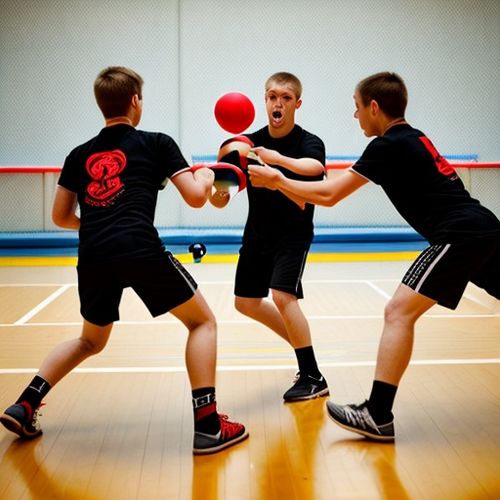
By Christopher Harris/May 8, 2025
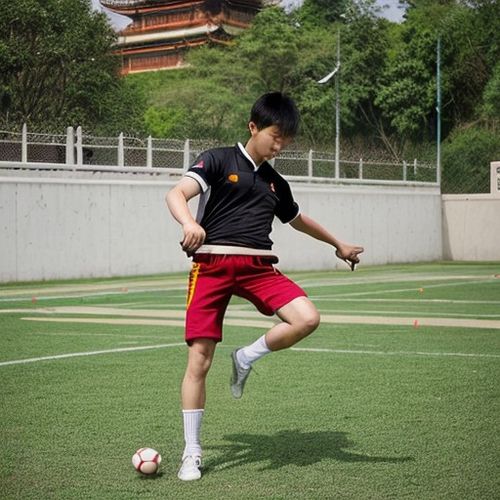
By Laura Wilson/May 8, 2025
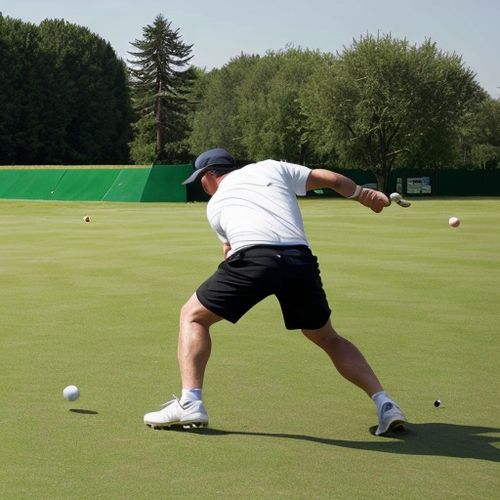
By Amanda Phillips/May 8, 2025
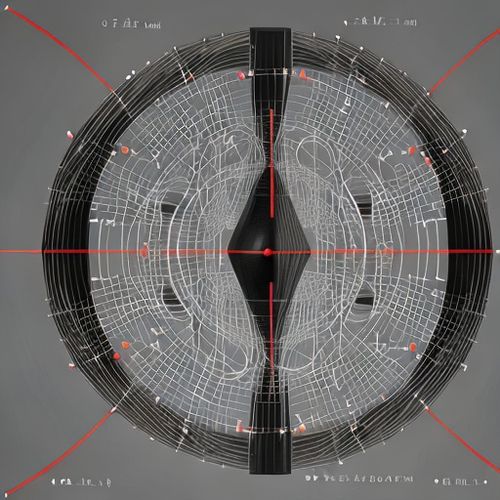
By William Miller/May 8, 2025
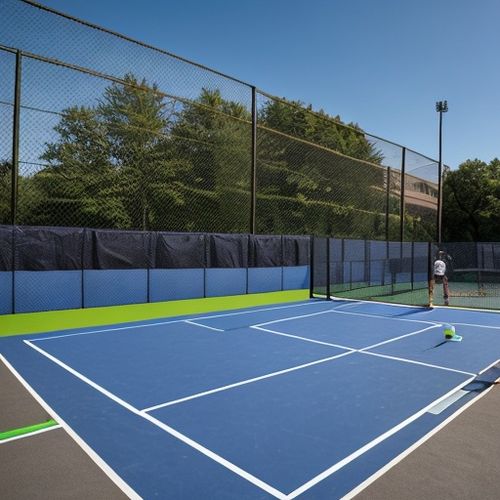
By Noah Bell/May 8, 2025
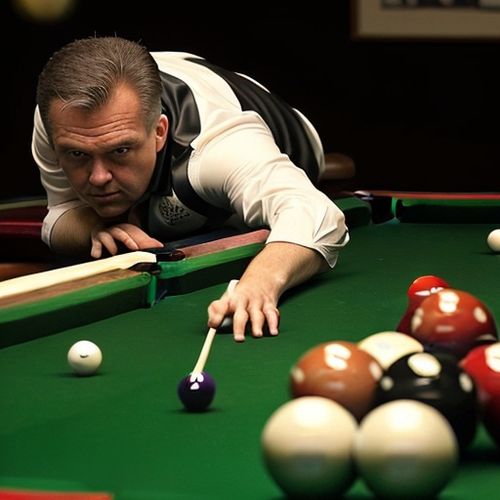
By Elizabeth Taylor/May 8, 2025

By Joshua Howard/May 8, 2025
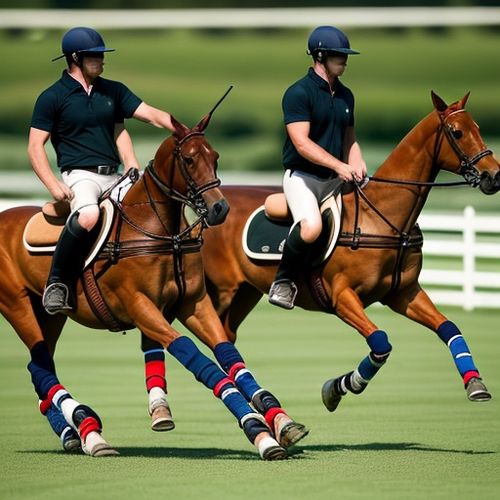
By Ryan Martin/May 8, 2025
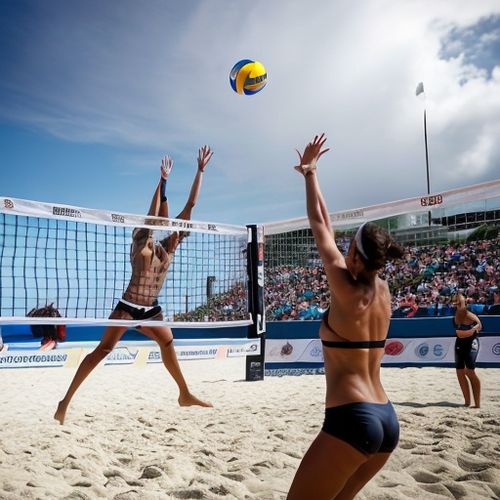
By George Bailey/May 8, 2025
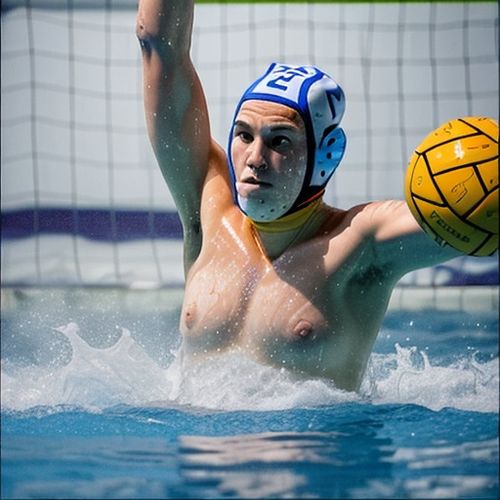
By Natalie Campbell/May 8, 2025
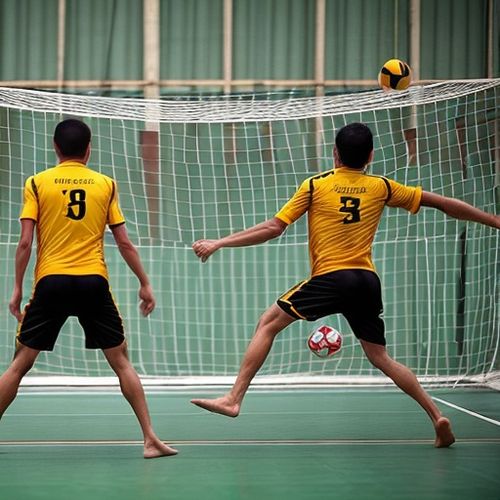
By Joshua Howard/May 8, 2025
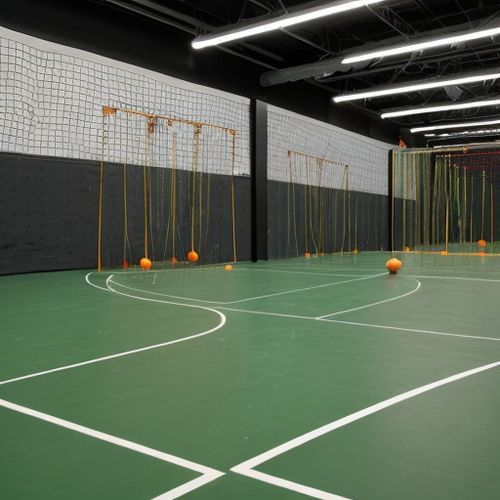
By Elizabeth Taylor/May 8, 2025
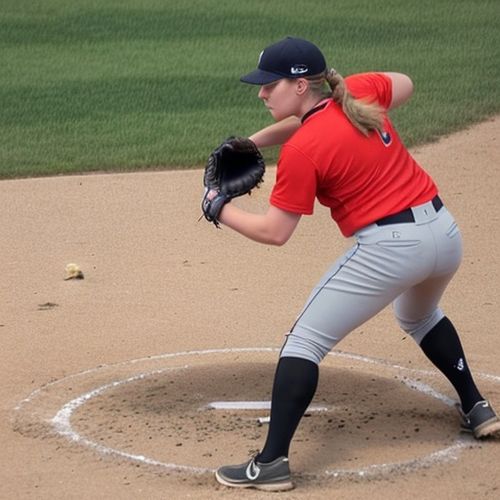
By Samuel Cooper/May 8, 2025
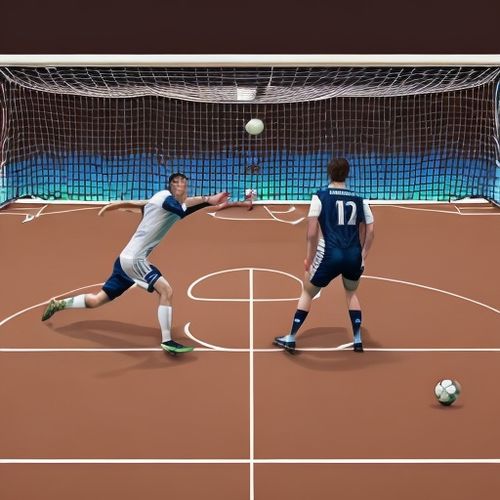
By Joshua Howard/May 8, 2025
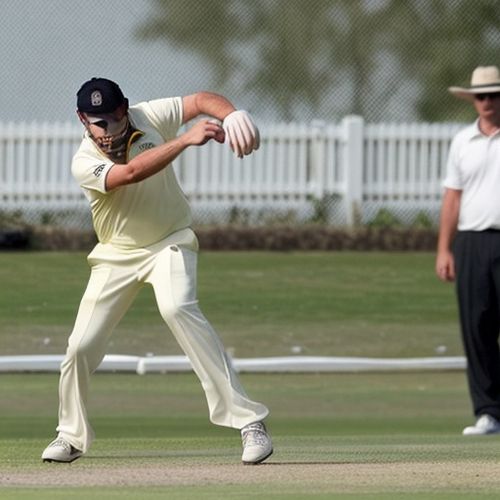
By Grace Cox/May 8, 2025
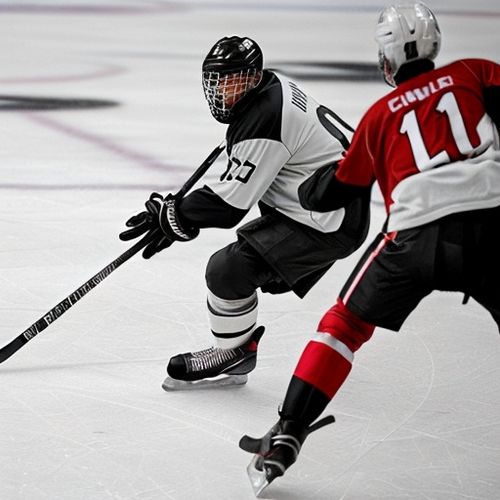
By Christopher Harris/May 8, 2025

By Samuel Cooper/May 8, 2025
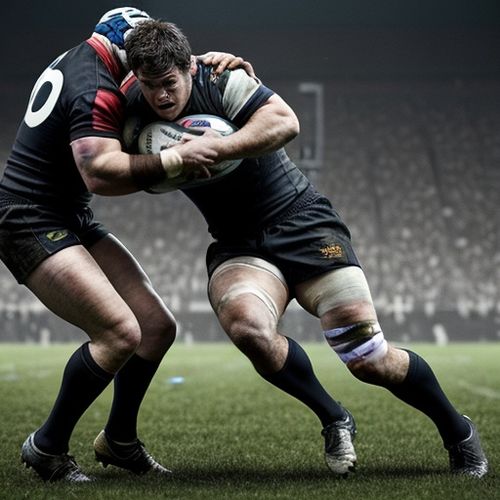
By Sophia Lewis/May 8, 2025
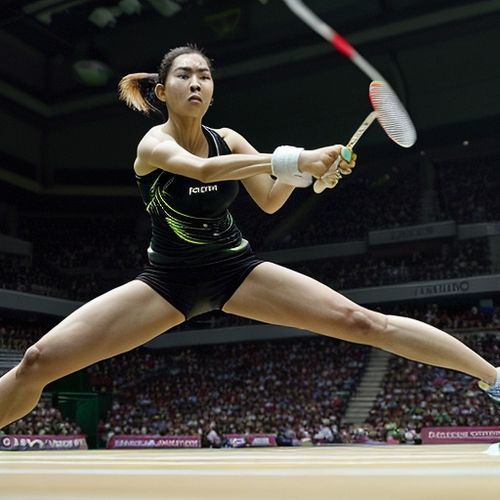
By Eric Ward/May 8, 2025
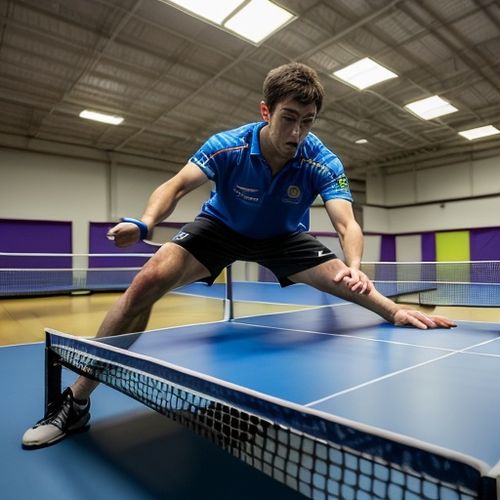
By Sarah Davis/May 8, 2025